The Rules of Abstraction with Matthew Collings, BBC Four
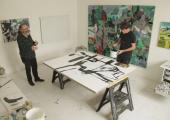
Revelation of early Swedish woman artist opened magpie survey of abstract art
Artist and critic Matthew Collings purported to set out the rules of abstraction through taking the viewer on a very bumpy ride through 20th century painting, with a nod to Cézanne to get us started. He set the scene by telling us that abstraction as a concept in art has been around for 100 years and early on we were presented with a genuine surprise: the large canvases, in relatively soothing colours, of freehand geometric forms that appeared wholly abstract by the almost totally unknown female – yes, female – Swedish artist Hilma Af Klint, from 1907.

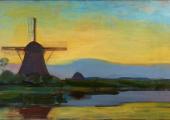
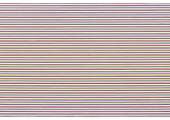

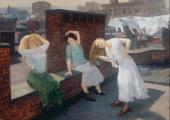

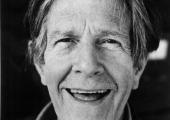
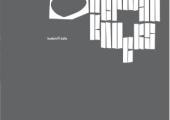

![The 'Abstract and Concrete' exhibition, Lefevre Galley, London, 1936, which includes Mondrian’s 'Composition C' [fig 6] and Nicholson’s '1936 (white relief)' [fig 7]](/sites/default/files/styles/medium_220x220/public/mastimages/2.%20View%20of%20the%20exhibition%20Abstract%20and%20Concrete.jpg?itok=LZdMlApJ)